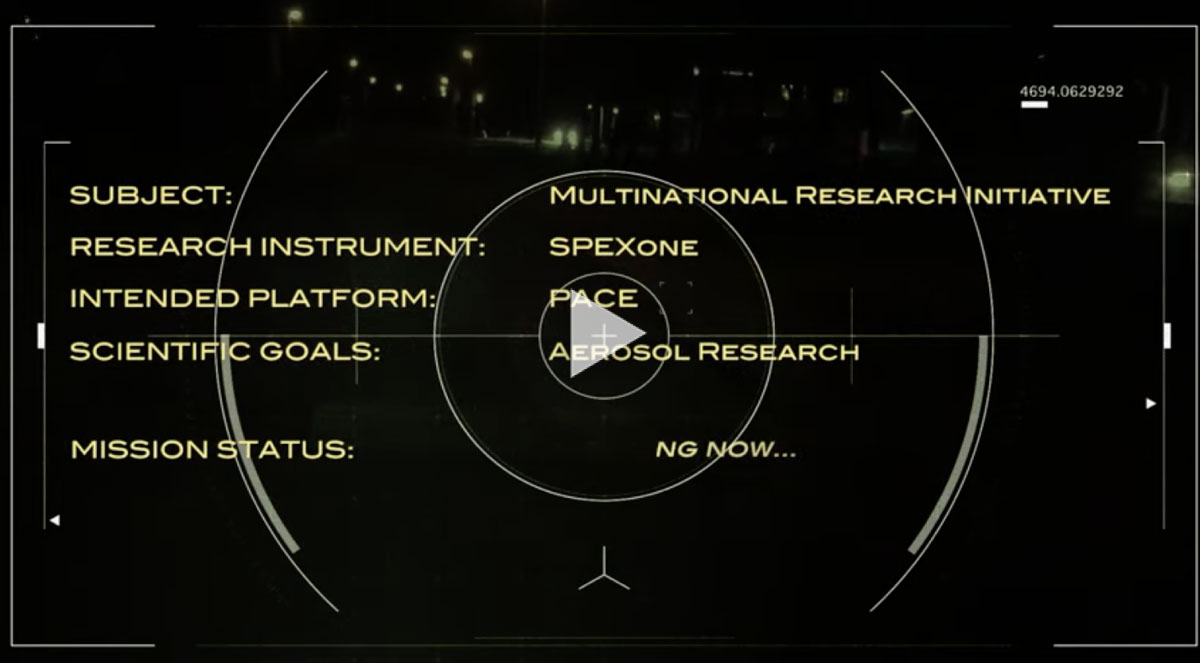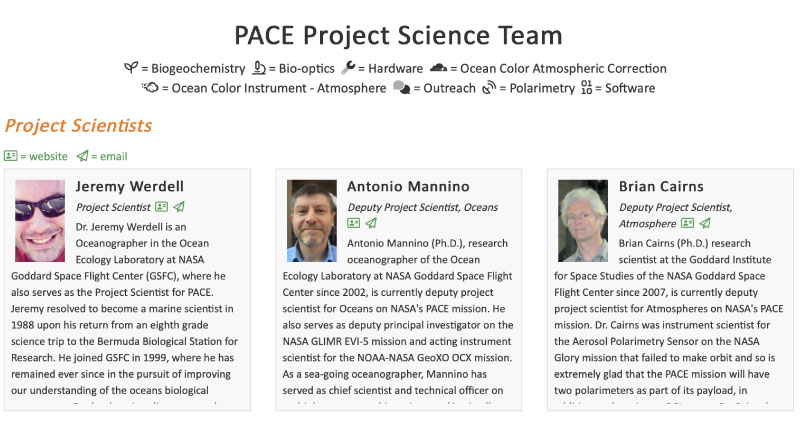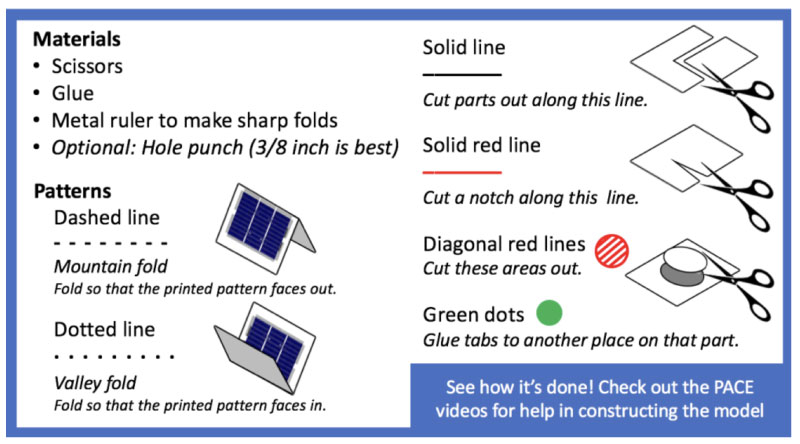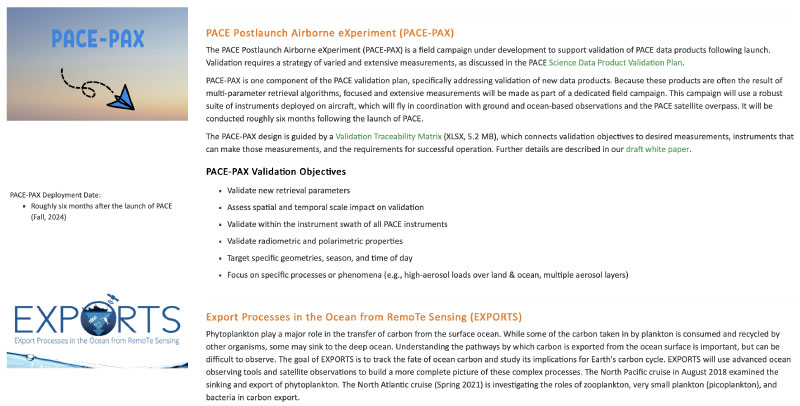Blog
PACE's Year in Review: 2021
Posted on Tuesday, December 21, 2021 at 12:00:00A White House visit, continued assembly, deliveries and a renewed focus on understanding climate change. For 2021, PACE reached some major milestones as it prepares for launch in early 2024. Here are a few highlights from the Goddard-based mission.
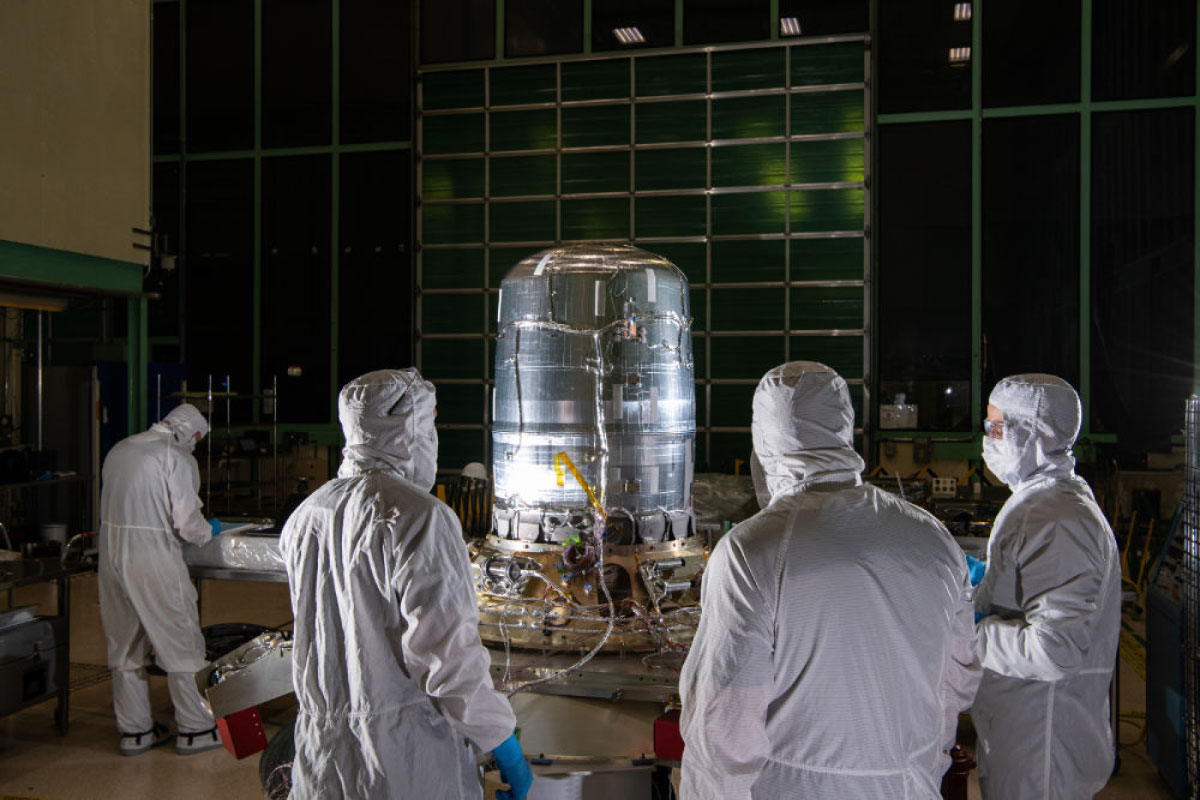
Propulsion and Quality teams inspect the completed propulsion subsystem in the PACE clean room. Credit: NASA.
PACE's SPEXone Instrument is Delivered
This past March, members of PACE, in coordination with its partners, successfully collected the SPEXone instrument as it landed at Dulles International Airport from the Netherlands. More here.Spacecraft Assembly Ramps Up
The PACE spacecraft continued with assembly. In 2021, upgrades included structural tests, the Ground Support Equipment solar array deployment, and installation of the propulsion system.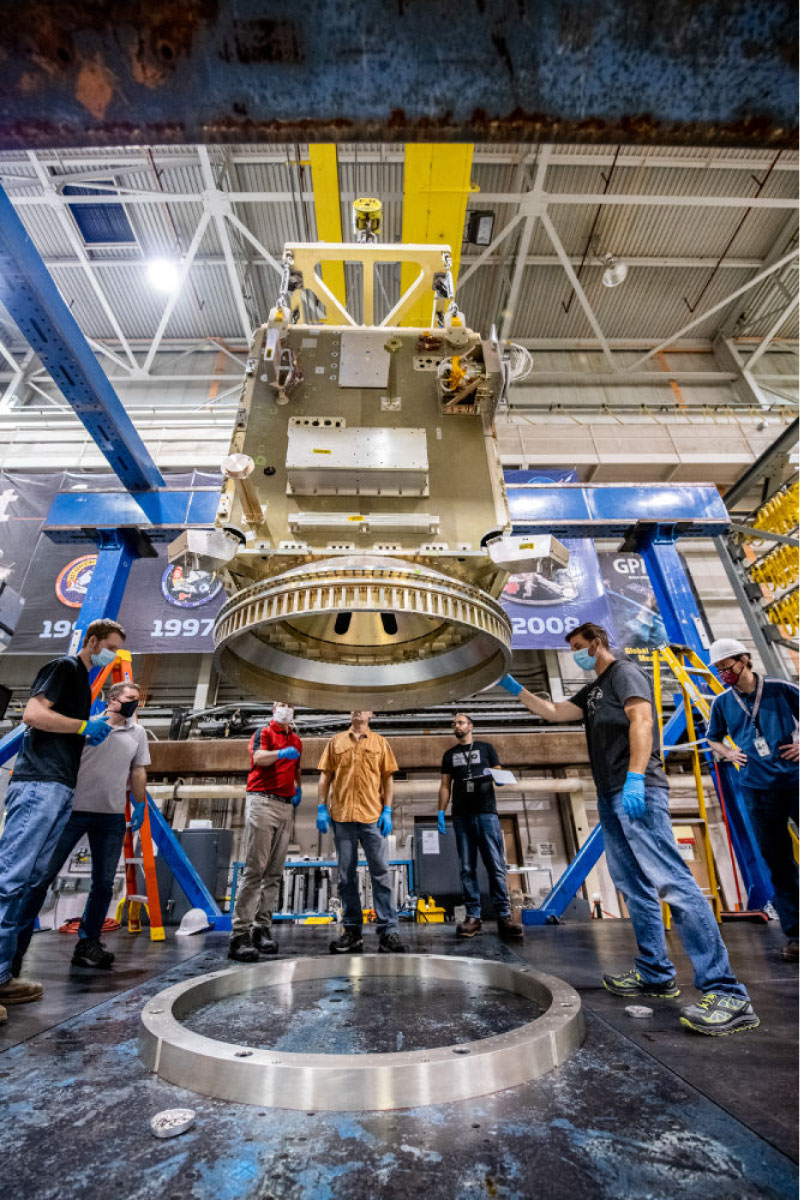
The PACE mechanical team lowers primary structure onto the modal test fixture. Credit: NASA/ Dennis Henry.
OCI Scores Big Upgrades
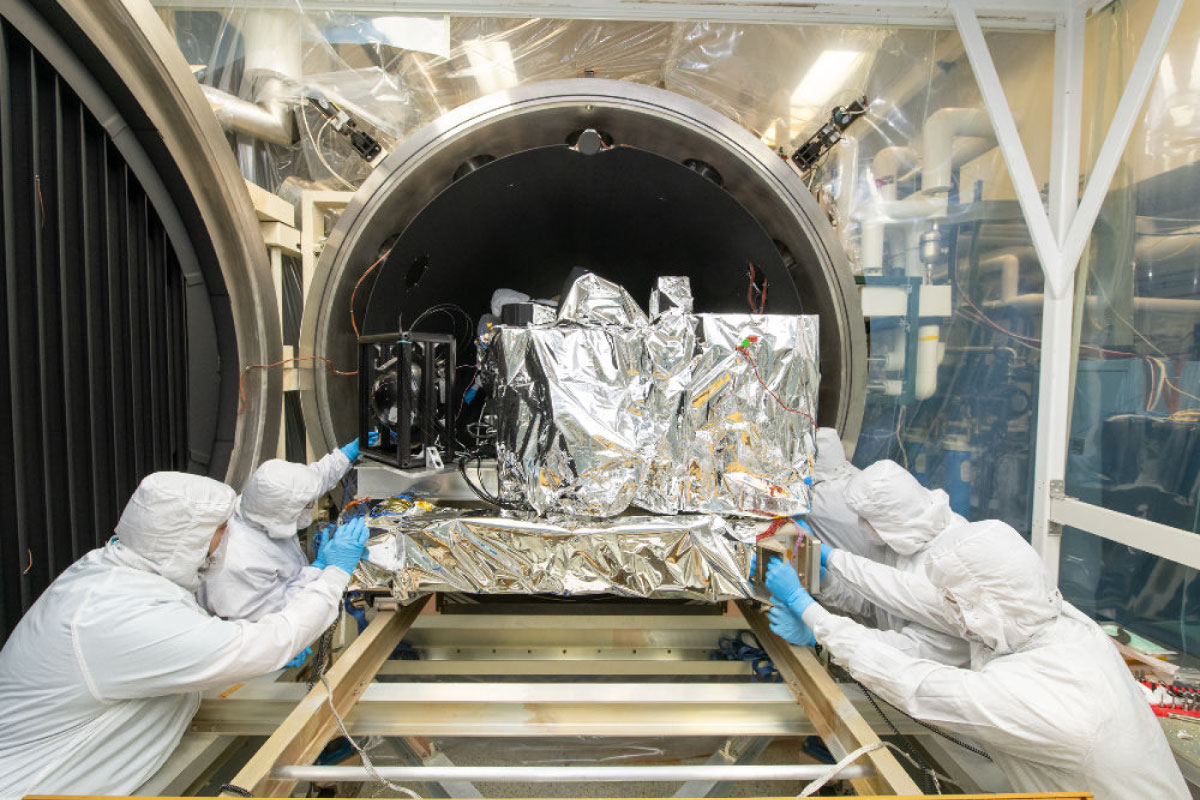
OCI hardware in the TVAC chamber for thermal testing. Credit: NASA/ DesireeStover.
EXPORTS Sets Sail
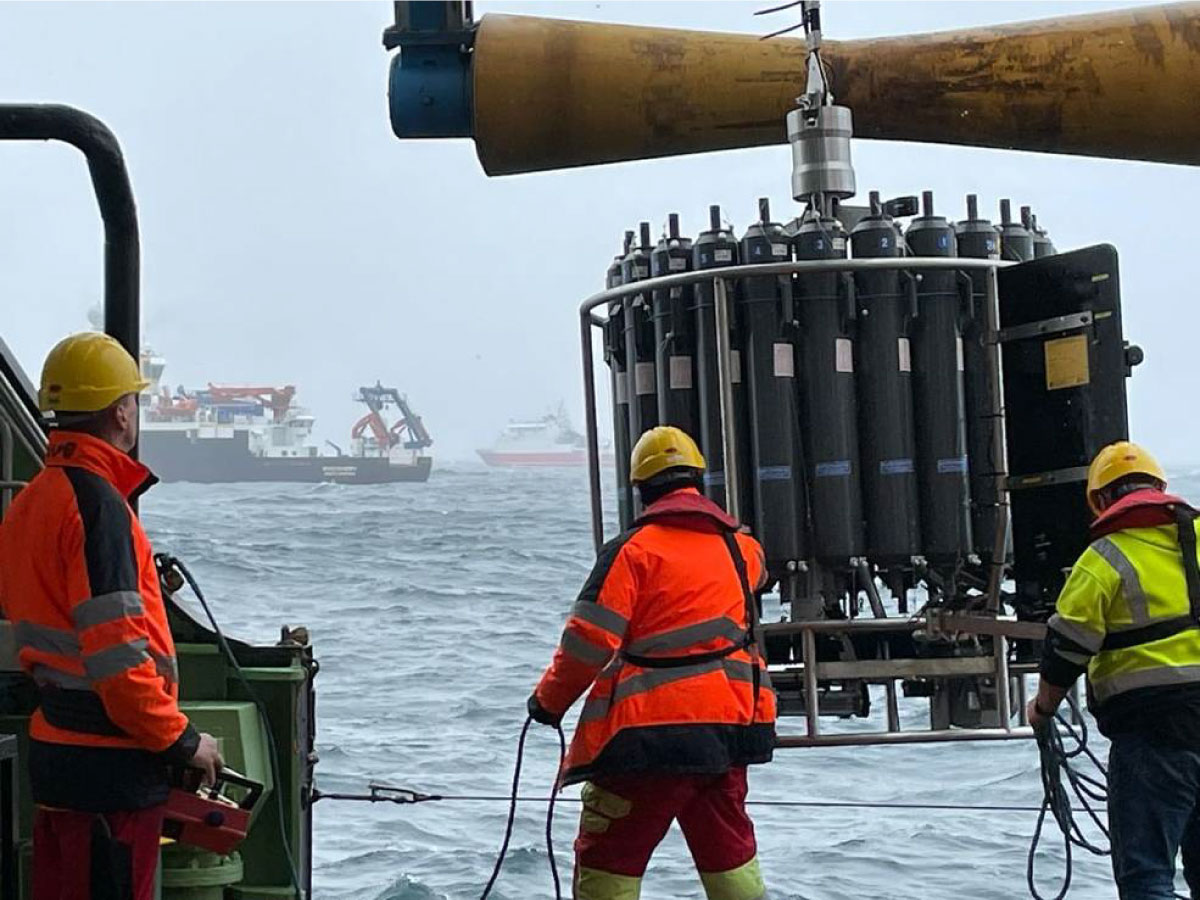
Scientists and crew aboard the RRS James Cook deploy a sampling rosette to collect water samples and other information from ocean depths. Credit: Deborah Steinberg.
Educational Resources for PACE
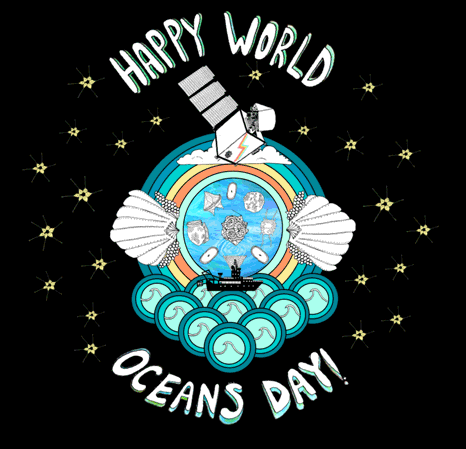
PACE Endorsed by UN Ocean Decade
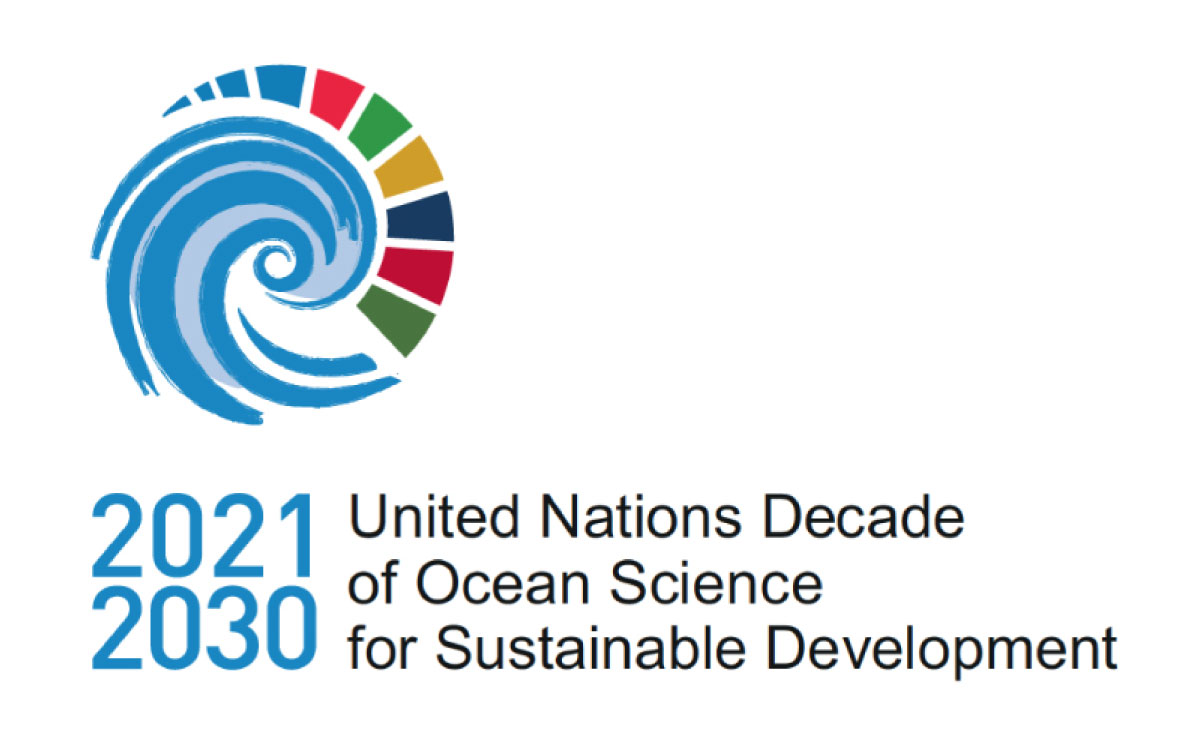
Credit: UNESCO's Intergovernmental Oceanographic Commission
PACE Hosts 1st Community Focus Session and 2nd Applications Workshop
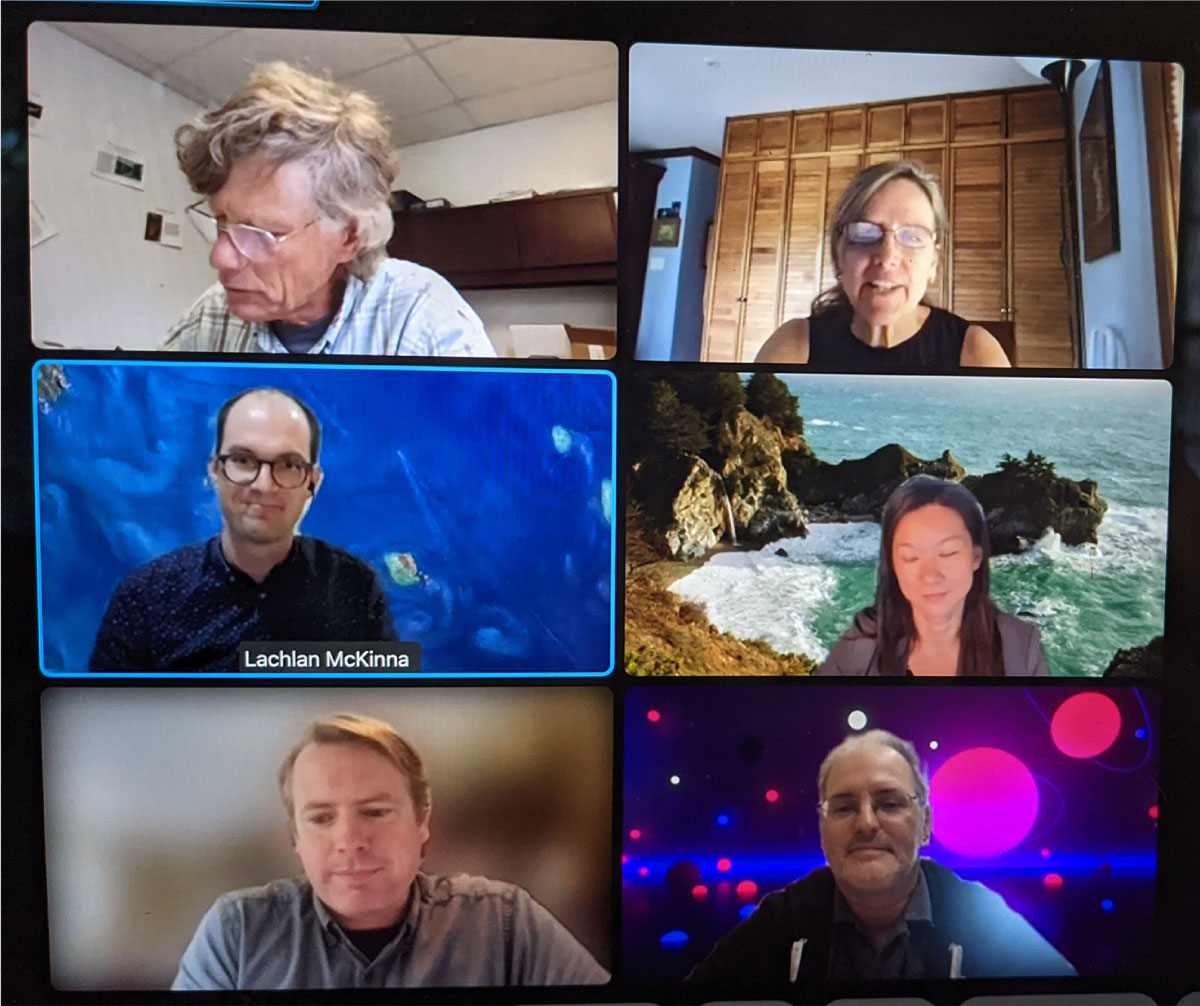
The workshop featured speakers ranging from NASA to academia. Credit: NASA.
In September, PACE hosted a two-day virtual applications workshop inviting user communities and stakeholders to a discussion on practical uses of the mission's future data. The event had nearly 1,000 participants. More here.
PACE Meets the Vice President

Vice President Kamala Harris visits Goddard to learn more about climate science. Credit: NASA/Taylor Mickal.
The PACE Team
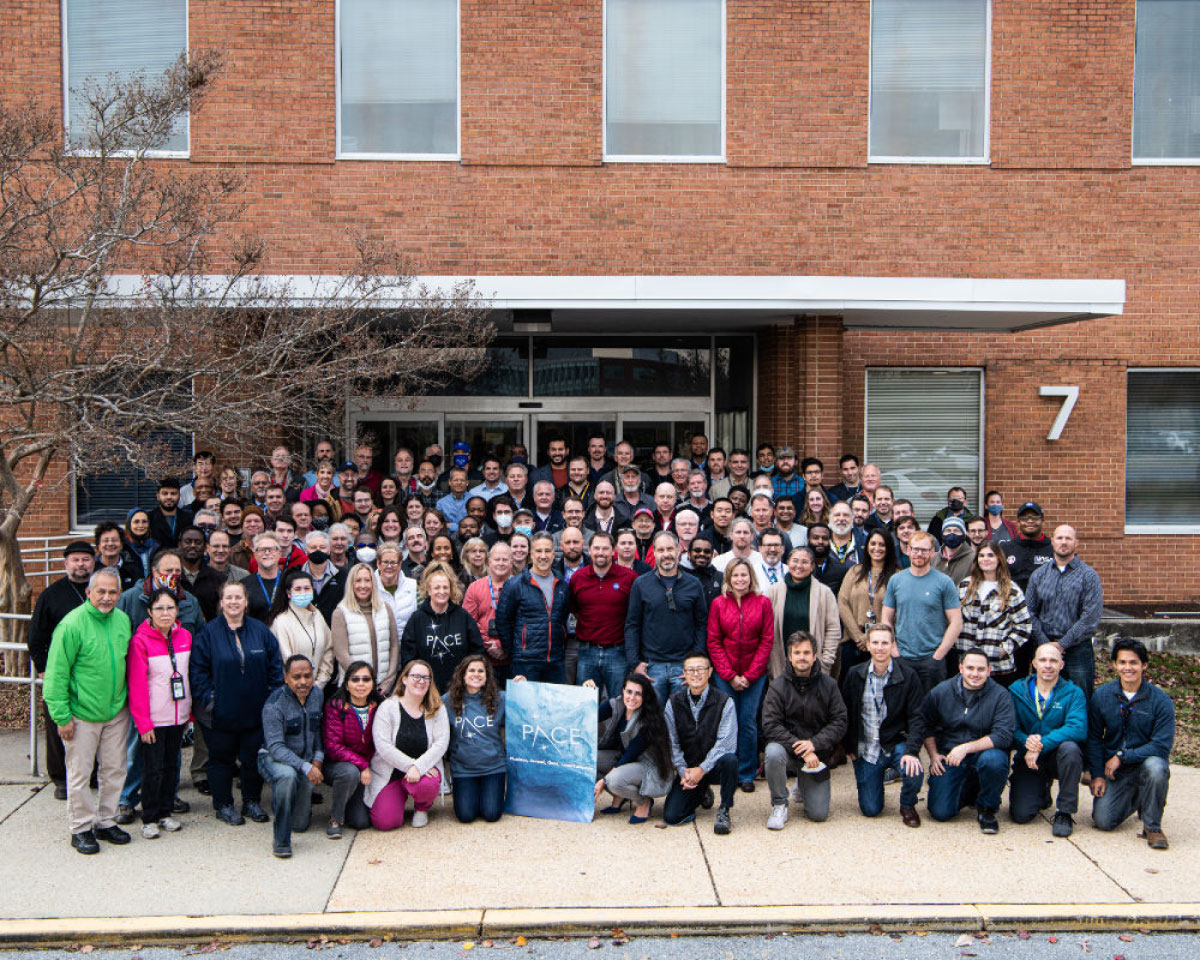
Members of the PACE team 2021. Credit: NASA.


